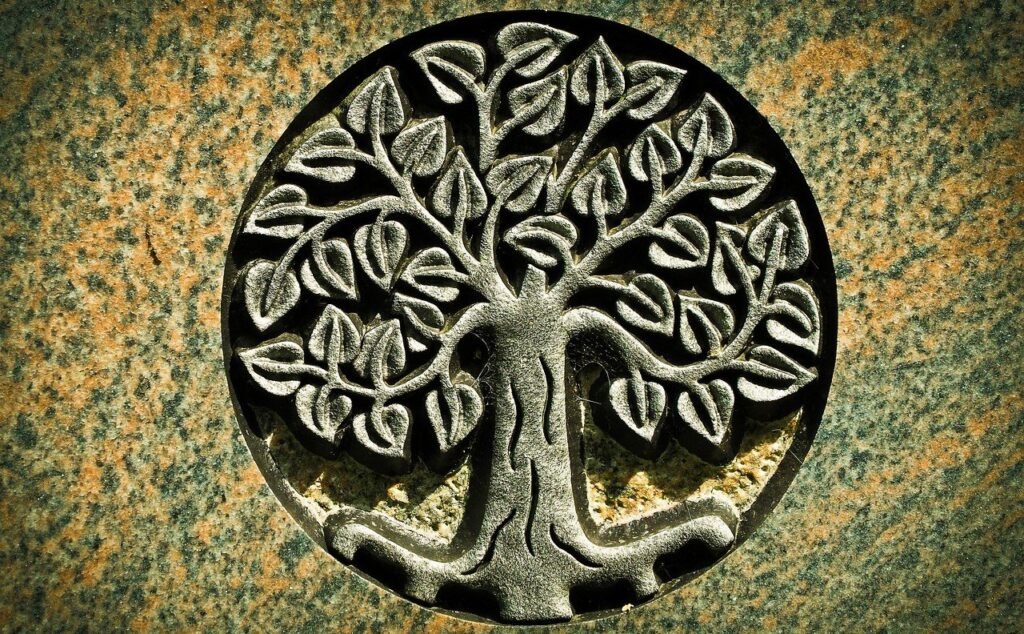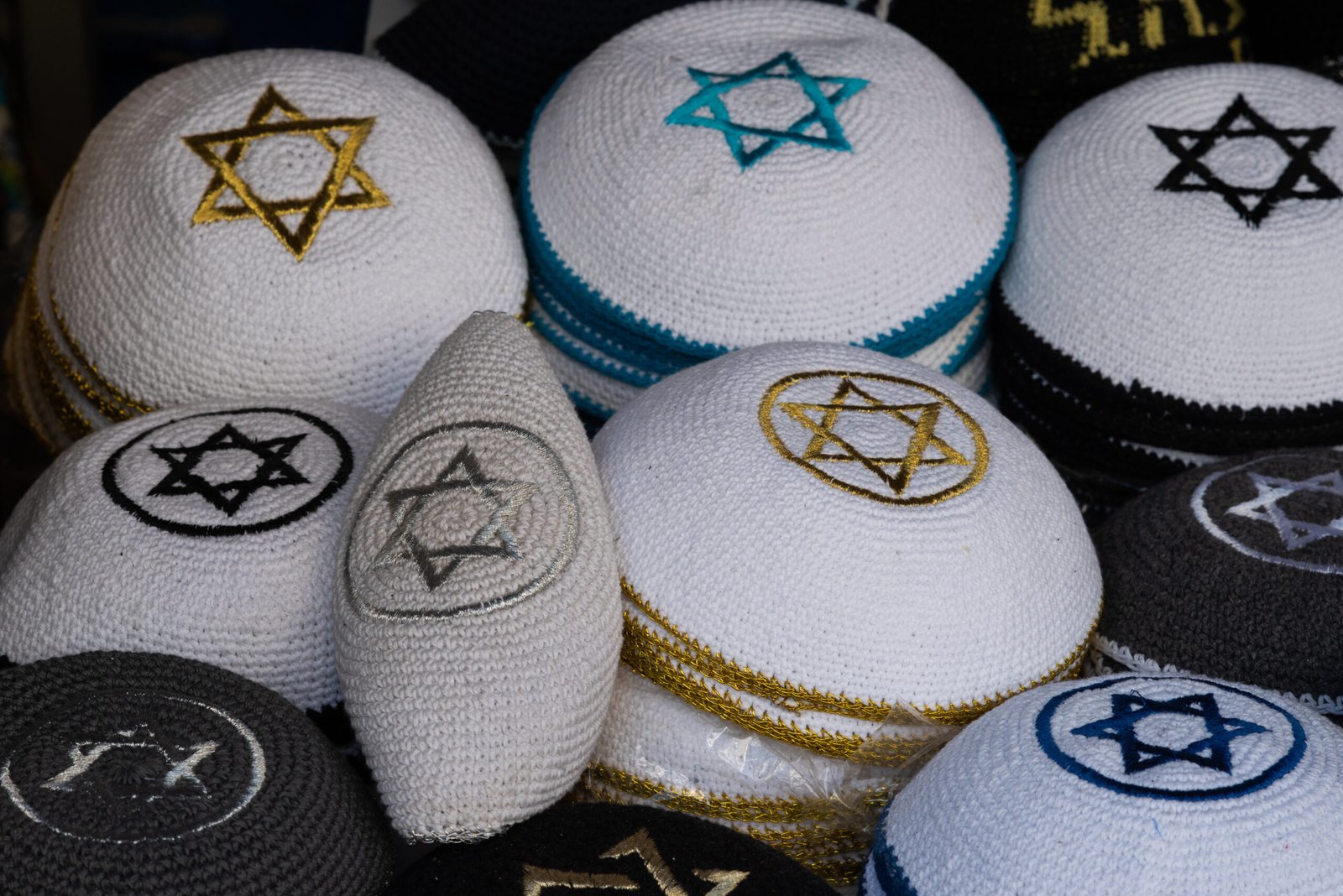Jewish cultural symbols are deeply intertwined with the history, beliefs, and values of the Jewish people. These symbols not only represent Jewish identity but also embody the spiritual and historical narratives that have shaped Jewish life for centuries. In this article, we will explore the best Jewish cultural symbols, understanding their significance and the roles they play in Jewish tradition.
The Star of David
A Universal Symbol of Jewish Identity
The Star of David, or Magen David, is arguably the most recognizable symbol of Judaism. Featuring a six-pointed star created by the overlap of two triangles, it is a powerful emblem of Jewish identity and faith. This symbol is often displayed on synagogues, Jewish cemeteries, and the flag of Israel, reflecting its universal significance in Jewish culture.
Historically, the Star of David has been associated with King David of ancient Israel. Although its use became more widespread during the Middle Ages, it has come to symbolize Jewish unity and heritage in modern times.
Cultural and Religious Significance
Beyond its visual prominence, the Star of David holds deep cultural and religious significance. It serves as a reminder of the connection between the Jewish people and their ancient heritage. The star’s geometric design is often interpreted as a symbol of the divine protection of God over the Jewish people, embodying both spiritual and historical dimensions.

The Menorah
A Symbol of Light and Miracles
The Menorah, a seven-branched candelabrum, is a significant symbol in Jewish tradition. It was originally used in the ancient Temple in Jerusalem and represents the divine light that illuminated the world. The menorah’s design, with its seven branches, signifies the creation of the world in seven days and the ongoing presence of divine light.
During Hanukkah, a special eight-branched menorah called the Hanukkiah is used. This menorah commemorates the miracle of the oil that lasted eight days in the rededicated Temple. Lighting the Hanukkiah each night of Hanukkah is a central ritual that celebrates this enduring miracle.
Cultural Impact and Modern Usage
The Menorah’s influence extends beyond religious practice. It is a prominent symbol of Jewish cultural identity and resilience. In public spaces and Jewish homes, the Menorah is often displayed as a sign of celebration and remembrance, bridging past and present in the Jewish community.
The Mezuzah
A Reminder of Faith
The Mezuzah is a small, often decorative case affixed to the doorposts of Jewish homes. Inside the case is a parchment scroll containing the Shema, a central prayer in Judaism. The mezuzah serves as a daily reminder of Jewish faith and the commandments of God.
Affixing a mezuzah is a ritual that symbolizes the sanctity and protection of the home. It reflects the Jewish commitment to living a life imbued with faith and divine consciousness. Additionally, the mezuzah is a way for Jewish families to mark their homes as sacred spaces dedicated to God.
Symbolic and Practical Aspects
In addition to its spiritual significance, the mezuzah also has a practical aspect. It is a way to express Jewish identity and heritage in the everyday environment. The mezuzah’s presence on doorposts underscores the importance of integrating religious practice into daily life, serving as both a symbolic and practical element of Jewish tradition.
The Torah Scroll
The Heart of Jewish Tradition
The Torah Scroll is perhaps the most revered symbol in Judaism. It contains the first five books of the Hebrew Bible and is considered the central text of Jewish law and ethics. The Torah Scroll is handwritten on parchment by a scribe and is treated with the utmost respect in Jewish worship.
During synagogue services, the Torah Scroll is read aloud, and its passages are discussed and interpreted. This practice connects Jewish worshippers with their religious heritage and the timeless teachings of the Torah.
Cultural Reverence and Preservation
The Torah Scroll’s significance extends beyond religious rituals. It represents the continuity of Jewish tradition and the preservation of sacred texts. The care taken in producing and preserving the Torah Scroll underscores its importance as a symbol of Jewish faith and identity.
The Hamsa Hand
Protection and Blessings
The Hamsa Hand, also known as the Hand of Fatima or Hamsa, is a symbol found in many cultures, including Jewish tradition. In Judaism, the Hamsa is often used as a protective amulet against the evil eye. The symbol typically depicts an open hand with an eye in the center, believed to ward off negative energies and bring blessings.
Cultural and Artistic Expressions
The Hamsa Hand is frequently incorporated into jewelry, artwork, and home decor. It represents not only protection but also the positive attributes of blessings and good fortune. By displaying the Hamsa, individuals connect with a broader tradition of seeking protection and well-being.
Conclusion
In conclusion, the best Jewish cultural symbols, including the Star of David, Menorah, Mezuzah, Torah Scroll, and Hamsa Hand, play vital roles in representing Jewish identity, faith, and heritage. Each symbol carries deep cultural and spiritual meanings that reflect the history and values of the Jewish people. By understanding and appreciating these symbols, one gains insight into the richness of Jewish tradition and the enduring significance of these cultural emblems.


